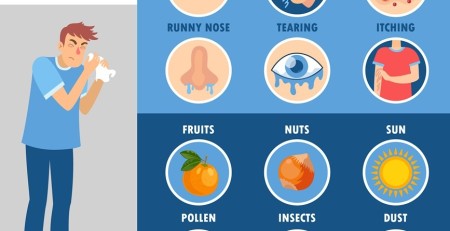Embracing the Winter Sun: A Guide to Optimizing Vitamin D Levels
Winter is here and the days are shorter, it’s important to pay attention to our vitamin D levels. Known as the “sunshine vitamin,” vitamin D plays a crucial role in maintaining our overall health. However, during the winter months, when sunlight exposure is limited, it can be challenging to ensure adequate vitamin D intake. In this article, we will explore effective strategies to get enough vitamin D during winter and discuss the signs of low vitamin D levels to watch out for.
Understanding the Importance of Vitamin D:
Vitamin D is essential for numerous bodily functions, including bone health, immune system function, and mood regulation. It aids in the absorption of calcium and phosphorus, promoting strong bones and teeth. Furthermore, research suggests that vitamin D may play a role in reducing the risk of certain diseases, such as heart disease, diabetes, and certain types of cancer.
Signs of Low Vitamin D Levels:
Recognizing the signs of low vitamin D levels is crucial for maintaining optimal health. Some common indicators include:
- Fatigue and Weakness: Vitamin D deficiency can cause feelings of fatigue and reduced energy levels.
- Frequent Illnesses: A weakened immune system due to low vitamin D levels may lead to an increased susceptibility to infections and illnesses.
- Bone and Muscle Pain: Deficiency in vitamin D can contribute to bone and muscle pain, including backaches and joint discomfort.
- Mood Changes: Low vitamin D levels have been associated with mood disorders such as depression, anxiety, and seasonal affective disorder (SAD).
- Hair Loss: In some cases, vitamin D deficiency may contribute to hair loss or thinning.
Tips for Getting Enough Vitamin D During Winter:
- Maximize Sunlight Exposure:
Bundle up and spend time outdoors during the sunniest parts of the day.
Expose your face, hands, and arms to the sunlight for around 10-15 minutes daily.
Take advantage of winter activities such as skiing or ice skating to increase sun exposure. - Optimize Your Diet:
Incorporate food sources rich in vitamin D into your meals. These include fatty fish like salmon and mackerel, fortified dairy products, eggs, and mushrooms.
Consider adding vitamin D supplements to ensure adequate intake. Consult with a healthcare professional for personalized recommendations. - Indoor Light Therapy:
Use light therapy devices that emit specific wavelengths of light, similar to sunlight, to compensate for reduced exposure during winter.
Position yourself near a bright light source, such as a light therapy lamp, for a designated period each day to stimulate vitamin D production. - Get Active:
Engage in regular exercise, as physical activity can help optimize vitamin D levels.
Consider indoor activities like yoga or home workouts if outdoor exercise is limited. - Consult a Healthcare Professional:
If you suspect low vitamin D levels or experience persistent symptoms, consult a healthcare professional for a blood test and guidance on appropriate supplementation.
Maintaining adequate vitamin D levels during winter is crucial for our overall well-being. By maximizing sunlight exposure, optimizing our diet, incorporating indoor light therapy, staying active, and seeking professional advice when needed, we can ensure we are getting enough vitamin D. So, let’s embrace the winter sun and take proactive steps to support our health throughout the colder months.










